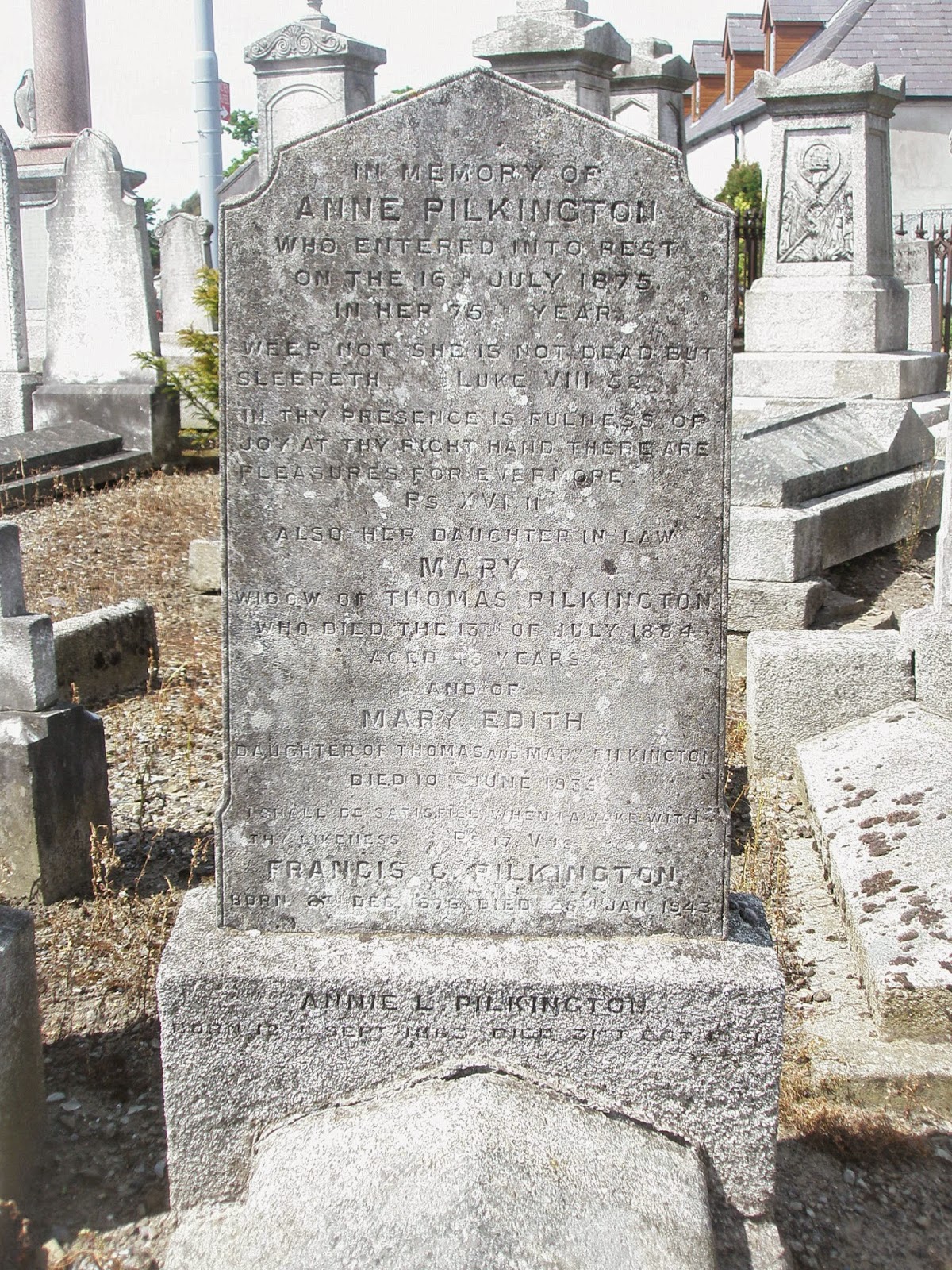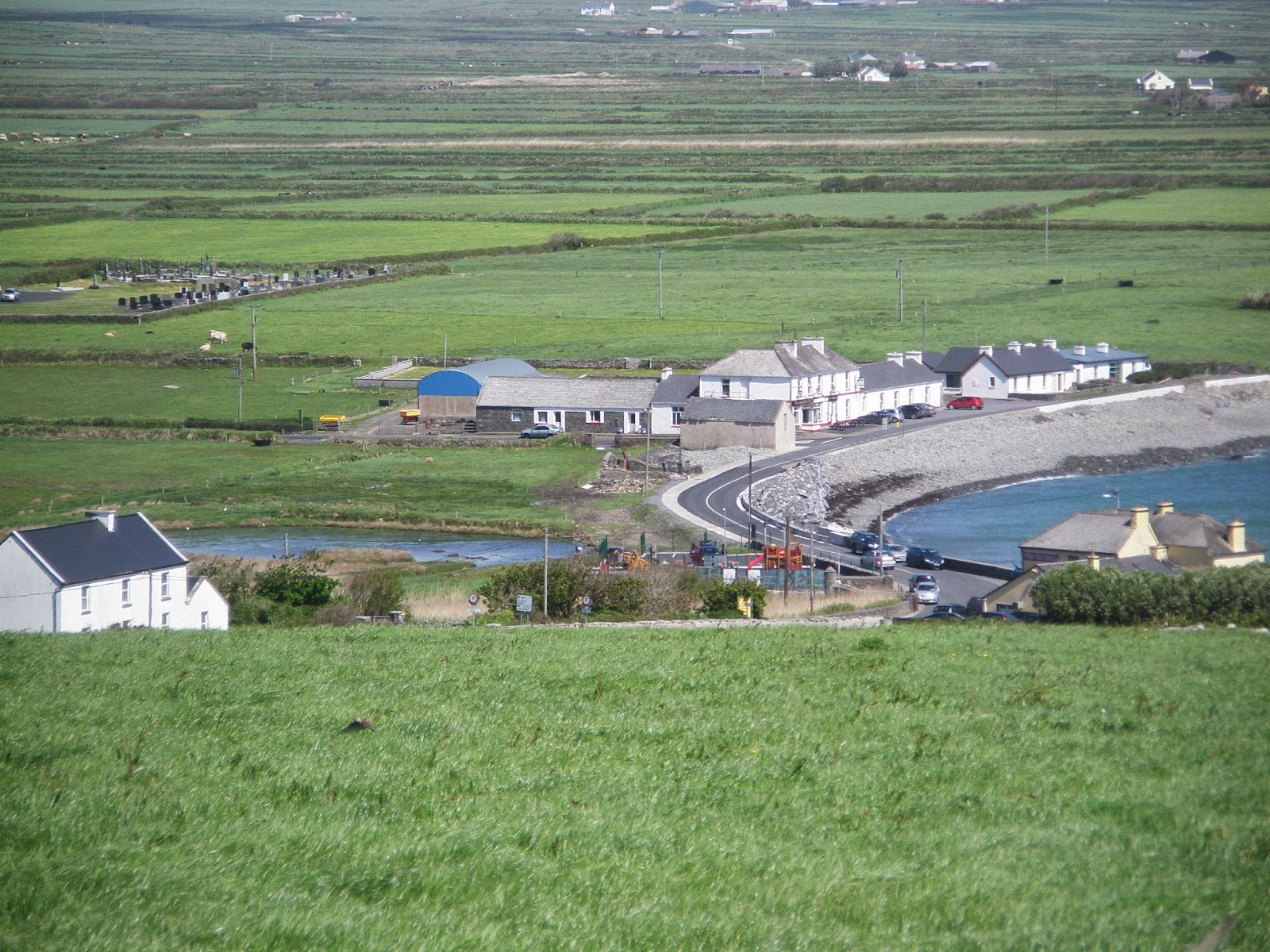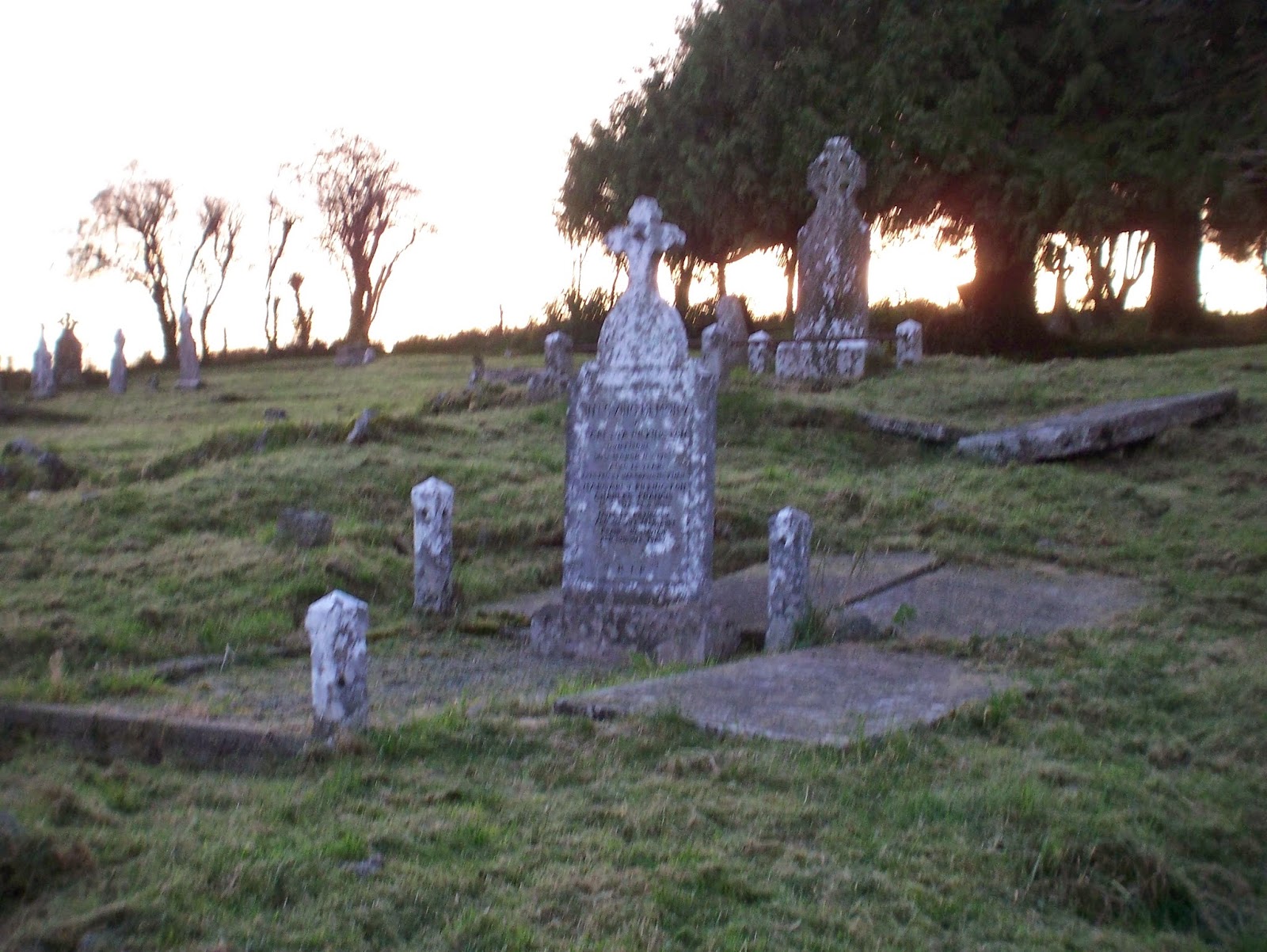Lovely to wake up at leisure today, and not have to be going anywhere. Spent a quiet morning catching up with washing and sharing family stories with my hosts.
In the afternoon we took a drive to neighbouring county Roscommon, to visit Strokestown Park and Famine Museum there.
 |
| Strokestown House |
We had wanted to visit Strokestown last trip, but being October, it had already closed for the season, so it was high on my priority list for this trip. Strokestown was the host site for the 2014 National Famine Commemoration which took place just a couple of weeks previously. It had a particularly bloody history during the Famine, and the museum is now a fitting memorial to those who suffered there during those troubled times.
 |
| Newly erected Famine Memorial at Strokestown Park May 2014 |
Sunday 25th May:
Another leisurely start to the day, before beginning the journey back to county Clare. Said my goodbyes and departed late morning, after planning a leisurely days drive to Kilrush.
Leaving Edgeworthstown, I drove down through Athlone and on to Portumna at the top of Lough Derg. Stopped a couple of times along the Lough before reaching Killaloe. Beautiful area, and once again I found myself wishing I had more time available for exploring.
 |
| Swans on Lough Derg |
From there, I left the lake and headed west, stopping at Quin to visit Craggaunowen. This amazing project explores the early history of Ireland, from the Bronze Age to Medieval times.
Entering the old castle to find a blazing fire in the hearth, and a woman in period costume busy with her spinning wheel immediately transported me back in time, resurrecting childhood memories of watching my mother at her spinning.
In the cool, damp afternoon, amidst the peace and quiet of the woods, I was certain I had stumbled across Sevenwaters!
 |
| Craggaunowen |
This place was absolutely magical, even the air around me seemed green. I felt like I was the only person left in the world and it was easy to imagine myself being back in ancient Celtic Ireland.
Another attraction there was the Brendan Boat, the leather-covered curragh in which adventurer Tim Severin sailed across the Atlantic Ocean to North America in the mid-70's, thereby providing evidence in support of the legend of St. Brendan's voyage in 489 AD.
 |
| The Brendan Boat |
It was with reluctance that I left this beautiful place, as the staff prepared to close up for the day.
Then on to Ennis and finally arriving at Kilrush in the early evening, my destination for the last few nights of this adventure. Crotty's Pub lived up to expectations as my "home" for the next 3 nights. Located in Market Square in the heart of Kilrush, it provided a great base and comfortable accommodation.



















.jpg)
.jpg)





.jpg)



















